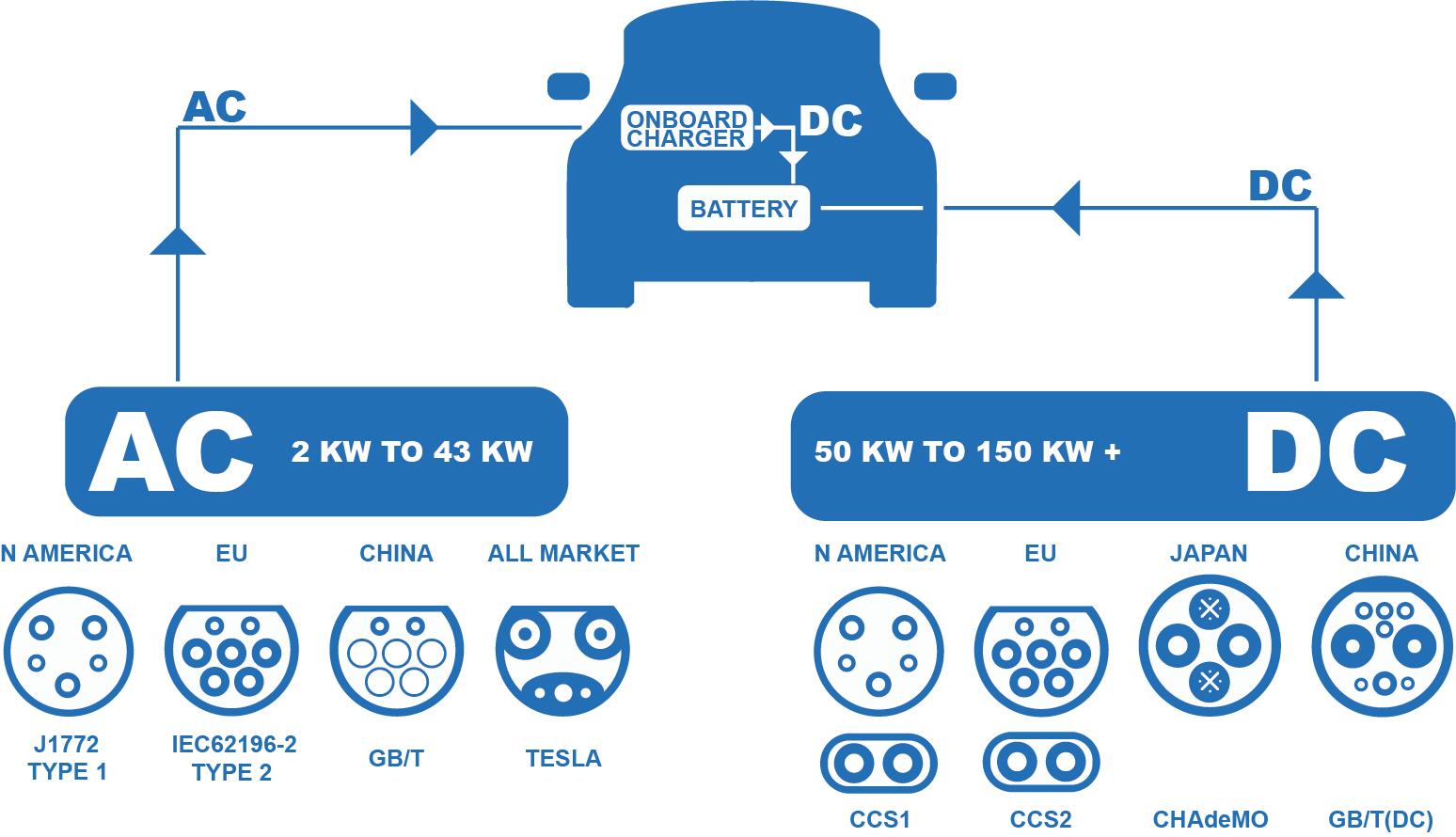What are the Reference Standards for Charging Cables for Electric Vehicles?
(2023年10月01日)With the energy structure adjustment, the electric vehicle industry will show explosive growth, which will significantly stimulate the rapid development of the power transmission and distribution industries, and electric vehicle charging companies will develop rapidly.
Based on ensuring excellent insulation performance, electric vehicle cables should be equipped with superior heat resistance and aging resistance. Besides, they should have good low-smoke and flame-retardant properties during combustion to ensure that losses and damage are minimized.
Nowadays, electric car charging cable products are mainly based on the American ANSI/NFPA/NECArticle400, the European harmonized document HD22, etc. The vast majority of charging cable products are based on the two standards IEC60245 and IEC60227 issued by the International Electrotechnical Commission (IEC). The Article400 charging cable standard in the United States was formulated relatively early, mainly based on the product standard established by the UL62 flexible cable standard of the United States UL Company. The insulating materials specified in the standard include polyvinyl chloride (PVC), thermoplastic elastomer (TPE), and polypropylene. Ethylene (EPR) and other materials, sheath materials include PVC, chlorinated polyethylene (CPE), TPE, and other materials. There are many types of materials and models in the standard, and most of the specific structural parameters are consistent with UL cable products. It is relatively broad, and there are no strict restrictions on materials and structures, as long as it can meet the charging cable's necessary performance requirements. Electric vehicle charging cable products produced and manufactured in Europe are mainly manufactured in accordance with the European standard coordination documents HD22.4 and HD22.12. HD22.4 specifies ethylene-propylene rubber insulated and ethylene-propylene rubber/chloroprene rubber and its equivalent mixture sheathed flexible cables with rated voltages of 450/750V and below. In contrast, HD22.12 specifies heat-resistant ethylene-propylene rubber insulated, and ethylene-propylene rubber/chloroprene rubber and its equivalent mixture sheathed flexible cables with rated voltages of 450/750V and below.
Since the requirements for the use of electric vehicle charging cables are different from traditional wires and cables, the current wire and cable standards are difficult to cover all the needs for charging cables. Therefore, it is necessary to formulate special charging cable product standards to promote the industry's healthy development.
Related EV Charging Wiki
Safety Requirements for Portable Electric Vehicle Chargers
What is the Difference Between an Electric Vehicle Charging Station and an Electric Vehicle Charging Pile?
EV Charging Cables Global Market Report 2022-2027: Growing to $2.45 Billion at a CAGR .
- このできごとのURL:




コメント